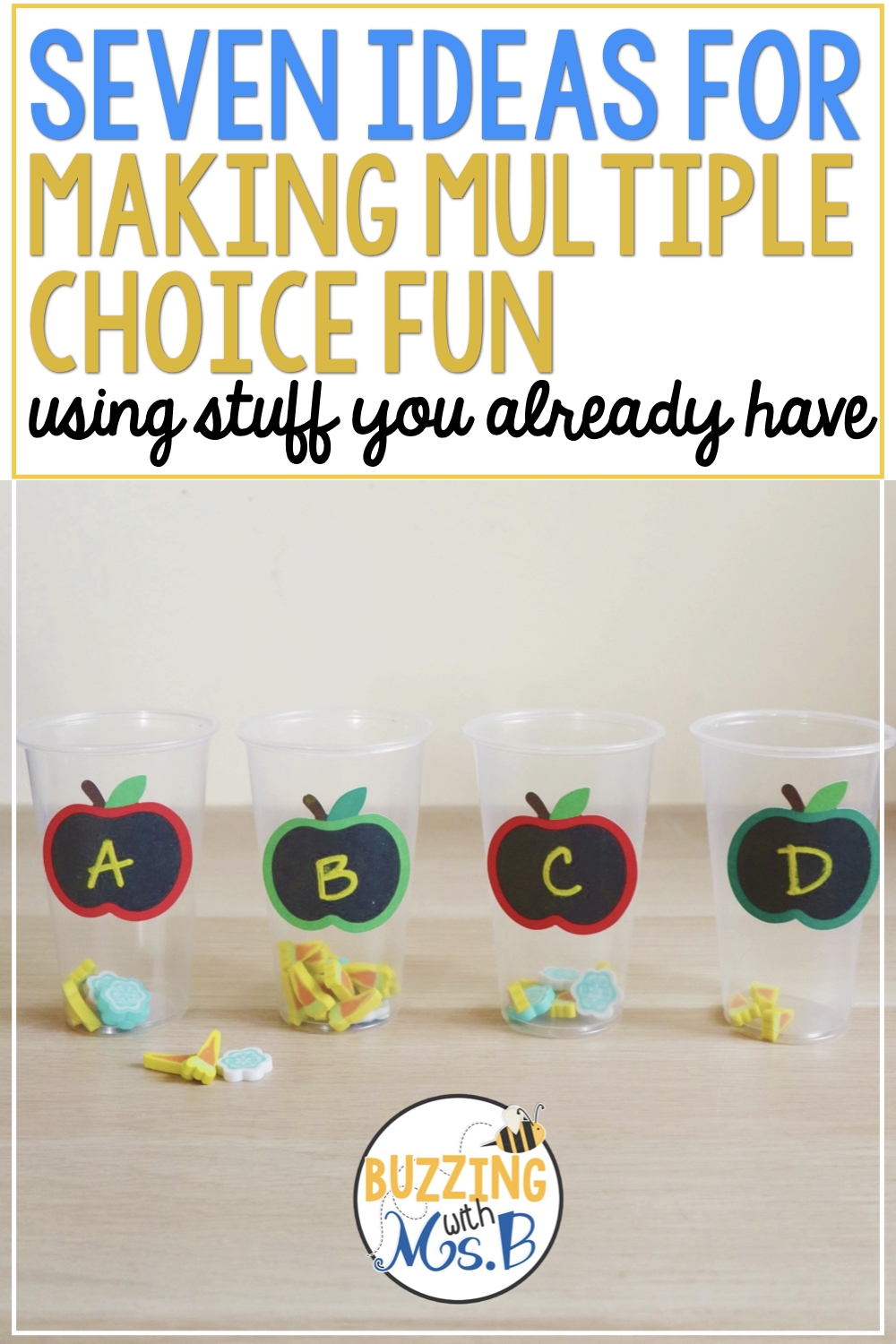Creating a multiple choice test can be a great way to assess your students’ knowledge on a particular subject. It is important to design the test carefully to ensure that it accurately measures the students’ understanding. By following these steps, you can create an effective multiple choice test that will help you evaluate your students’ learning.
Before creating the test, you need to determine the content that you want to assess and the objectives you want to achieve. This will help you tailor the questions to focus on the key concepts that you want your students to understand. Make sure that the questions are aligned with the learning outcomes of the course.
Step 2: Write Clear and Concise Questions
When writing the questions for your multiple choice test, make sure they are clear and concise. Avoid using ambiguous language or double negatives that can confuse the students. Each question should have only one correct answer and the distractors should be plausible but incorrect options. Make sure that the questions are evenly distributed across the content areas you want to assess.
Step 3: Create a Balanced Test
It is important to create a balanced test that covers a range of difficulty levels. Include easy, moderate, and challenging questions to assess the students’ understanding at different levels. Make sure that the test is not too easy or too difficult, and that the questions are evenly distributed throughout the test.
Step 4: Review and Revise
Before administering the test, review the questions to ensure that they are error-free and accurately assess the content and objectives. Check for spelling and grammatical errors, and make sure that the correct answer is clearly indicated. Revise any questions that may be unclear or ambiguous to ensure that the test is fair and accurate.
Step 5: Administer and Analyze the Test
Once the test has been administered, analyze the results to evaluate the students’ performance. Look for patterns in the responses to identify any areas of weakness that may need further instruction. Use the test results to inform your teaching and make adjustments to improve student learning.
In conclusion, creating a multiple choice test requires careful planning and attention to detail. By following these steps, you can design an effective test that accurately assesses your students’ understanding of the content. Remember to review and revise the test before administering it, and use the results to make informed decisions about your teaching. Good luck!
